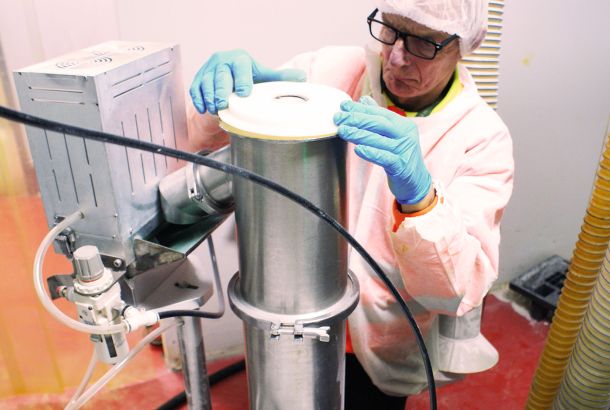Pharmaceutical packing lines play a vital role in the production and distribution of medicines and other pharmaceutical products. However, downtime in these facilities can have serious consequences, including lost productivity, missed deadlines, and increased costs. In this blog post, we will explore how additive manufacturing (AM) can help reduce downtime in pharmaceutical packing lines.
Despite the best efforts of pharmaceutical companies to maintain their equipment, with the high volumes that are put through these machines, unexpected downtime is a reality that can occur at any time. When a line goes down unexpectedly, it can lead to a cascade of issues, such as delays in product delivery, loss of production time, and reduced customer satisfaction. The effects of prolonged downtime on pharmaceutical packing lines can be significant. Lost productivity, missed deadlines, and increased costs can all impact a company’s bottom line. Moreover, delays in the delivery of pharmaceutical products can lead to serious consequences, such as patient harm or regulatory non-compliance.
For example, if a machine fails during the packaging process, it can lead to errors in dosage or contamination, which can compromise the safety and efficacy of the product. In addition, pharmaceutical packaging lines require high standards of cleanliness and hygiene, and any unplanned downtime can affect the sterility of the environment.
According to a report by Deloitte, unplanned downtime can cost manufacturers up to $3.6 million per year in lost production and maintenance expenses. This includes costs associated with equipment repairs, replacement parts, labour, and lost production.
In addition to these direct costs, downtime can also have indirect financial implications, such as lost revenue and damage to a company’s reputation. If a company is unable to fulfil orders due to downtime, it may lose revenue and potentially even customers. Customers and stakeholders can quickly lose confidence in a company’s ability to deliver quality products on time, which can have long-lasting effects on the company’s bottom line. Downtime can also impact a company’s ability to meet regulatory requirements, which can lead to fines and legal fees.
To minimize the financial impact of downtime, it’s important for pharmaceutical companies to have a proactive maintenance and repair strategy in place. This can include regular equipment inspections, predictive maintenance, and quick response times for repairs.
Additive manufacturing can help reduce downtime in pharmaceutical packing lines by providing a fast and flexible solution to repair or replace damaged or worn-out parts. With the ability to manipulate data obtained using 3D scanning, companies can reproduce parts in CAD and print them on their machines within 5-7 days. This significantly reduces the time required to wait for replacement parts, minimizing the impact of downtime on productivity.
Addition call this the “break-to-make” time: the duration of time between a critical part breaking and the machine, making the product again, with replacements. As a company, Addition makes this process as efficient as possible by using 3D scanning, virtual stock holding and additive manufacturing in traceable materials meaning it is very simple for engineering teams to find the part they need through their own virtual inventory and order it to be back on their machine in 4-5 business days.
Addition works with its customers to build digital copies of critical parts, enabling Addition to be the first responder when unplanned downtime occurs. The team at Addition understand the stresses that components on a pharmaceutical packing line go through and so have the knowledge to apply the most appropriate material and technology to get its customers up and running as quickly as possible, significantly reducing the impact on the pharmaceutical industry of unplanned downtime.



